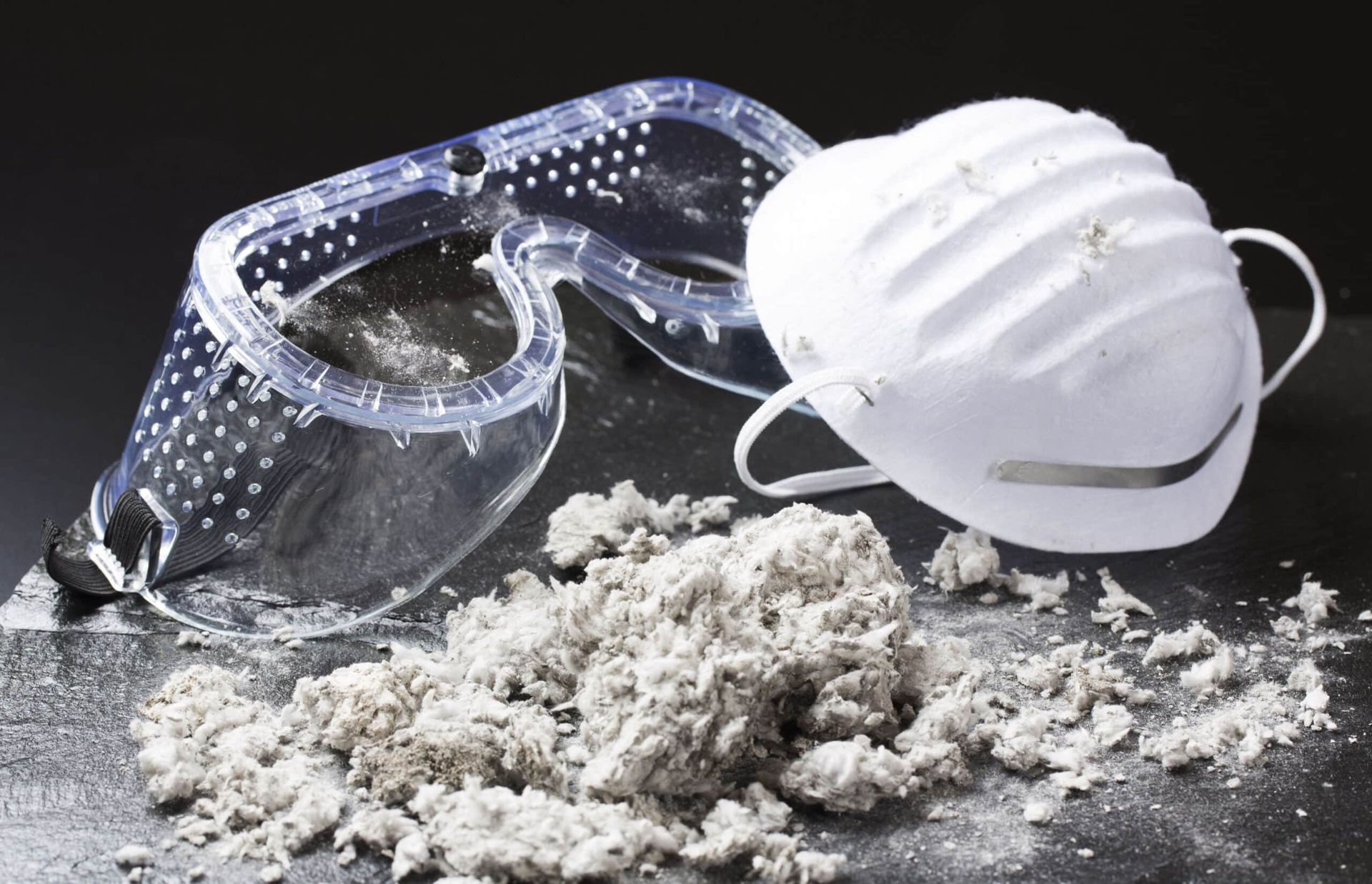Debunking the Myth: Is there Really a Safe Level of Asbestos Exposure?
The truth behind this myth and what it means for our health and safety

Asbestos is a naturally occurring mineral that was widely used in construction and manufacturing due to its heat-resistant properties. It was only in the 1970s that the dangers of asbestos exposure became widely known, with studies linking it to lung cancer, mesothelioma, and other respiratory diseases. Despite this, the idea of a "safe" level of asbestos exposure still persists. In this article, we will explore the truth behind this myth and what it means for our health and safety.
Introduction to asbestos and its dangers
Asbestos is a group of six naturally occurring minerals that are composed of thin, needle-like fibres. These fibres are extremely durable and resistant to heat, making them ideal for use in insulation, roofing, and other construction materials. Unfortunately, when asbestos fibres are released into the air and inhaled, they can become lodged in the lining of the lungs, leading to serious health problems.
The dangers of asbestos exposure were first recognized in the early 1900s, with reports of lung disease in asbestos workers. Despite this, the use of asbestos continued to grow throughout the 20th century, with estimates suggesting that over 1.3 million people in the UK alone have been exposed to asbestos at some point in their lives.
What is the current safe level of asbestos exposure in the UK?
In the UK, the Control of Asbestos Regulations 2012 sets out strict guidelines for the management and removal of asbestos in the workplace. The regulations state that any work involving asbestos must be carried out by a licensed contractor and that exposure to asbestos fibres must be kept as low as reasonably practicable.
However, the regulations do not specify a "safe" level of asbestos exposure. Instead, they set a 'Control Limit' which currently sits at 0.1 f/ml.
Thats 0.1 fibres per cubic centimeter of air, or 100,000 fibres per cubic metre of air..... That's a lot of fibre!
The primary focus of the regulations is on minimizing exposure as much as possible through the use of effective control measures when working on asbestos containing materials, suitable protective equipment, safe work practices, and the removal of asbestos only where necessary.
The history of the control of asbestos regulations and current safety standards
The Control of Asbestos Regulations 2012 replaced earlier regulations from 2006 and 2002, which in turn built on the Asbestos (Prohibitions) Regulations 1992. These regulations were introduced in response to growing awareness of the dangers of asbestos exposure and the need to protect workers and the public from its harmful effects.
Today, the UK's safety standards for asbestos are among the strictest in the world. However, this has not always been the case. In the past, asbestos was used in a wide range of products, including building materials, insulation, and textiles, with little regard for the health and safety of workers or the public. This legacy of asbestos use continues to pose a significant risk today, with many older buildings and products still containing asbestos.
The limitations of current safety standards
Despite the strict safety standards in place today, there are still limitations to what can be done to protect against asbestos exposure. One of the main challenges is the fact that asbestos is often found in older buildings and products that are still in use today. This means that even with careful management and removal, there is always a risk of exposure.
Another limitation is the fact that asbestos-related diseases can take many years to develop, meaning that workers and members of the public may not show symptoms until decades after their exposure. This can make it difficult to track the true extent of the problem and to take action to prevent further exposure.
Understanding the risks of low-level asbestos exposure
One of the common myths surrounding asbestos exposure is that there is a "safe" level below which exposure is not harmful. However, this is not the case. Studies have shown that even low levels of asbestos exposure can increase the risk of lung cancer, mesothelioma, and other respiratory diseases.
This is because asbestos fibres are extremely durable and can remain in the lungs for many years, causing damage over time. In addition, the risk of developing an asbestos-related disease is thought to be cumulative, meaning that each exposure increases the risk further.
The long-term health effects of asbestos exposure
The long-term health effects of asbestos exposure can be devastating. Asbestos-related diseases can take many years to develop, and once they do, they are often fatal. Mesothelioma, a type of cancer that affects the lining of the lungs, is strongly linked to asbestos exposure, with around 2,700 people in the UK dying from the disease each year.
Lung cancer and asbestosis, a chronic lung disease, are also linked to asbestos exposure. These diseases can cause a range of symptoms, including shortness of breath, chest pain, and coughing, and can significantly reduce a person's quality of life.
What to do if you suspect asbestos exposure
If you suspect that you have been exposed to asbestos, it is important to seek medical advice as soon as possible. Your doctor can carry out tests to determine whether you have been affected and can provide advice on the best course of action.
If you work in a job that involves exposure to asbestos, it is important to follow all safety procedures and to wear protective equipment at all times. You should also be aware of the risks of exposure and take steps to minimize your exposure as much as possible.
Alternatives to asbestos in construction and manufacturing
Asbestos was once widely used in construction and manufacturing due to its heat-resistant properties. However, there are now many alternatives available that are safer and more environmentally friendly.
For example, cellulose fibre, rock wool, and fiberglass are all commonly used as insulation materials, while ceramic fibre and silica aerogel can be used in high-temperature applications. These materials are non-toxic, non-flammable, and do not pose the same health risks as asbestos.
Conclusion: Reconsidering the idea of a "safe" level of asbestos exposure
The idea of a "safe" level of asbestos exposure is a myth. Even low levels of exposure can increase the risk of serious respiratory diseases, and the long-term health effects of asbestos exposure can be devastating.
While current safety standards in the UK are among the strictest in the world, there are still limitations to what can be done to protect against asbestos exposure. The best course of action is to minimize exposure as much as possible through the use of protective equipment, safe work practices, and the removal of asbestos where necessary.
Ultimately, the only way to eliminate the risk of asbestos-related diseases is to stop using asbestos altogether. By investing in safer alternatives and taking action to remove asbestos from our buildings and products, we can protect the health and safety of future generations.
If you suspect that you have been exposed to asbestos, it is important to seek medical advice as soon as possible. If you work in a job that involves exposure to asbestos, make sure you follow all safety procedures and wear protective equipment at all times. And if you are concerned about the presence of asbestos in your home or workplace, contact a professional asbestos consultancy such as Consulo Compliance to carry out an inspection and advise you about removal if necessary. Let's work together to protect ourselves and our communities from the dangers of asbestos.









